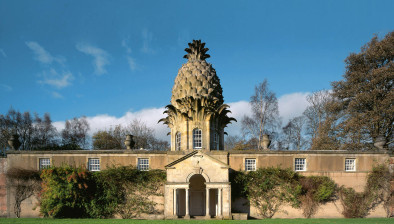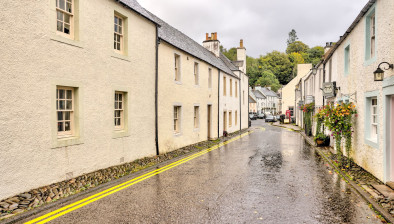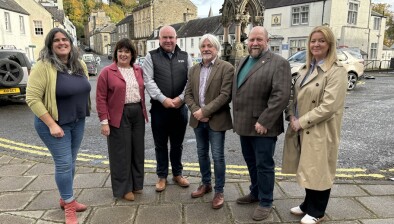Culloden plans bring renewed calls to save Scotland’s heritage

The Scottish Government must overhaul the planning system in forthcoming legislation or face losing Scotland’s heritage to new development, the National Trust for Scotland has warned.
The conservation charity said the plans for four new developments at Culloden and the approval of a golf course at the Coul Links could be “disastrous” for both locations.
Several new planning applications have been submitted to Highland Council to develop sites at Culloden, including one proposing 13 holiday lodges and a restaurant.
Proposals for 16 homes on the edge of the Culloden Battlefield site were granted final approval in May.
In June Highland councillors voted against recommendations from the council’s planners to grant permission for the Coul Links golf course.
Culloden is the site of one of the most significant battles in Scotland’s history and has been designated as a Conservation Area, while Coul Links falls within the Loch Fleet Site of Scientific Special Interest (SSSI) and is home to rare coastal habitats.
The National Trust for Scotland questioned whether either designation would still have any meaning, if they were going to be run roughshod over by the current planning process.
With the Planning (Scotland) Bill set to enter its second stage at the Scottish Parliament in September, the Trust said this was the ideal time to revise the current process and build a system that protects Scotland’s heritage for future generations.
Simon Skinner, chief executive of the National Trust for Scotland, said: “Culloden and the Coul Links are just two examples of a worrying trend: Scotland’s heritage is too often being cast aside for short-term economic gain. Four years ago, we argued for a planning framework which has the long-term wellbeing of our heritage sites built into it. That can only be achieved by overhauling the current diffuse focus on individual planning applications in isolation.
“Now is the time to make that change. The forthcoming Planning (Scotland) Bill is the point of no return for Scotland’s heritage: it could either prove to be the saviour of some of our most special places or the prelude to their irrecoverable loss. We only need to look to Bannockburn and Foveran Links as examples of development trumping reasonable conservation measures.
“Of course, property developers will always play the jobs and economic growth cards – but we need to think long-term. Scotland’s economy sees huge benefits from tourism, which accounts for around 5% of our GDP and can largely be attributed to our outstanding landscapes, sites of historic interest, and places of beauty. We need to start reflecting that in the decisions we make with the land on which this country has been built.”
A Scottish Government spokesperson said: “We’re committed to ensuring we have a planning system that works for everyone, recognises the special significance of sites and ensures local communities have a say in their future.”









